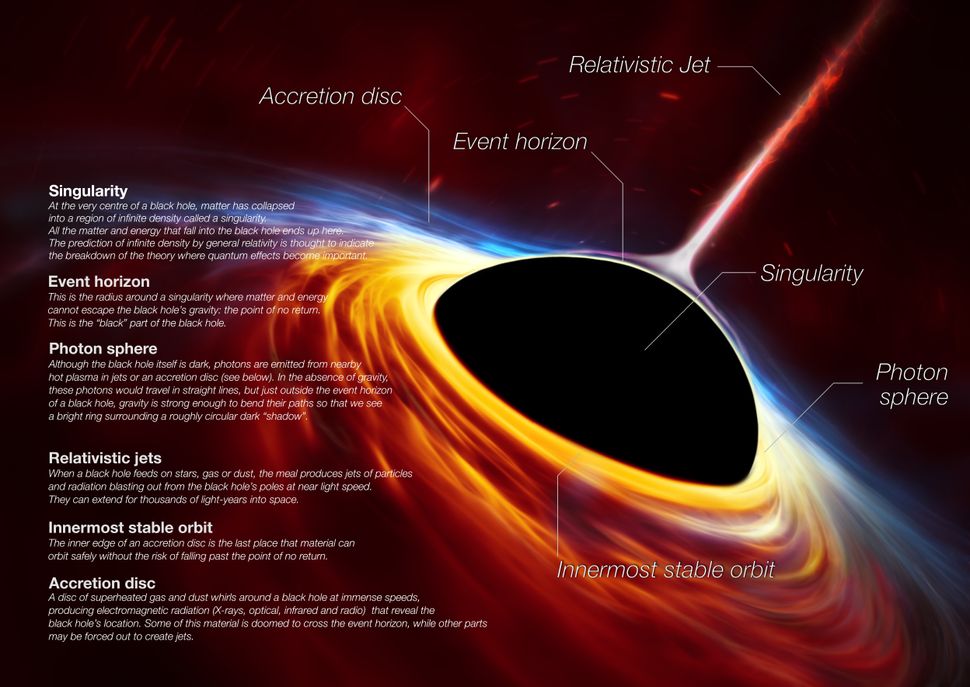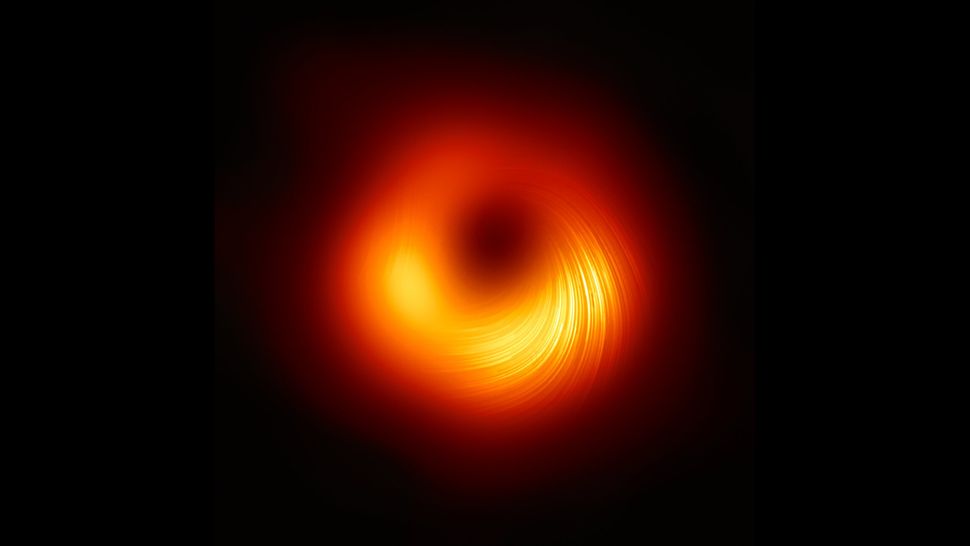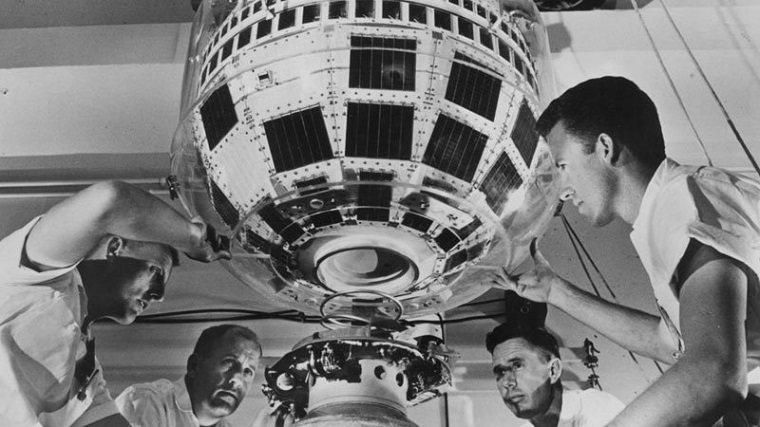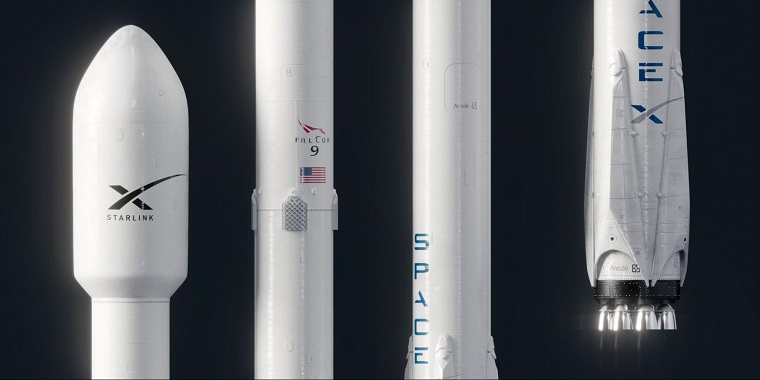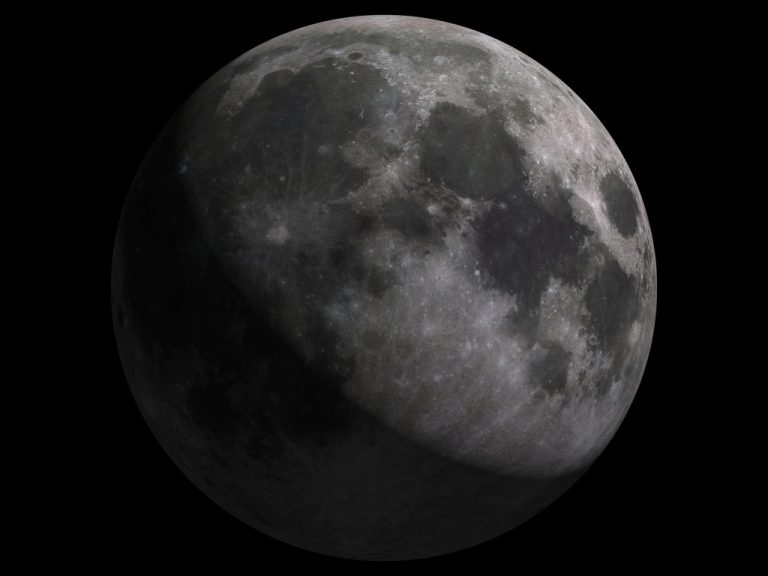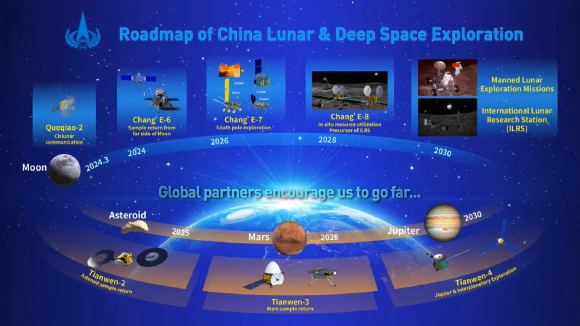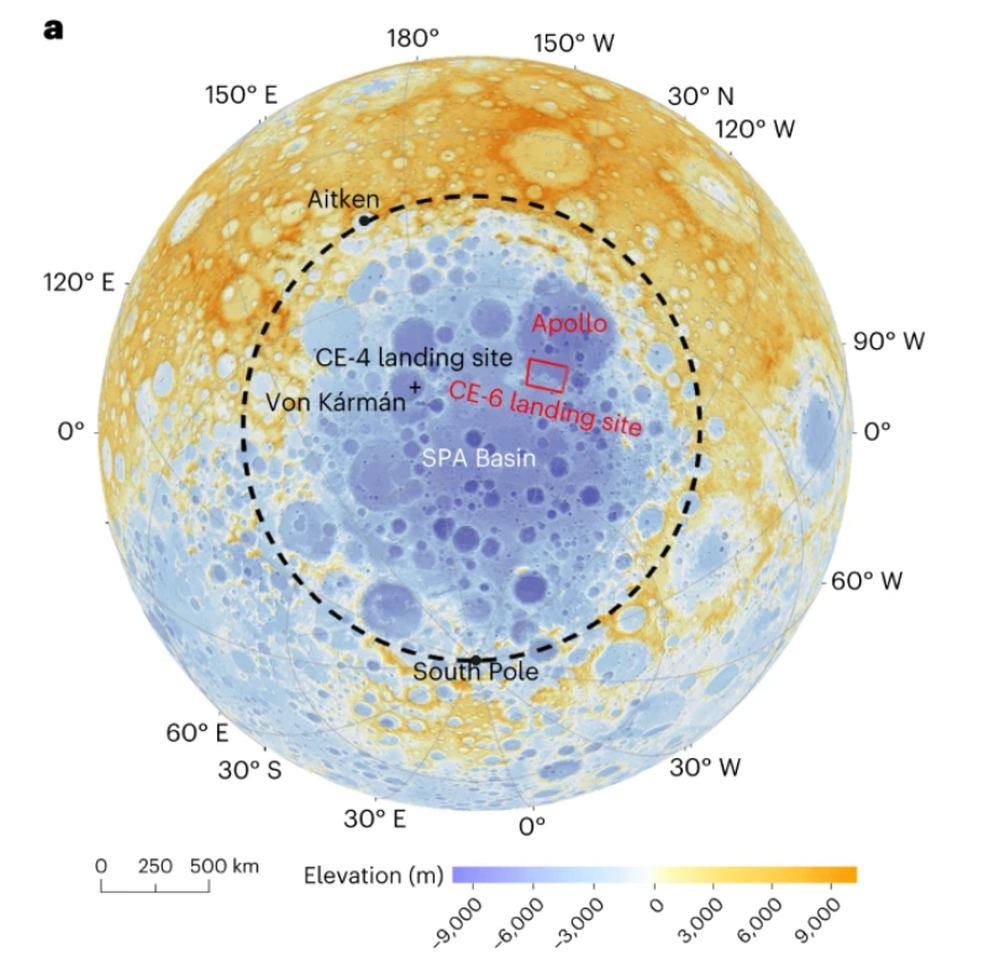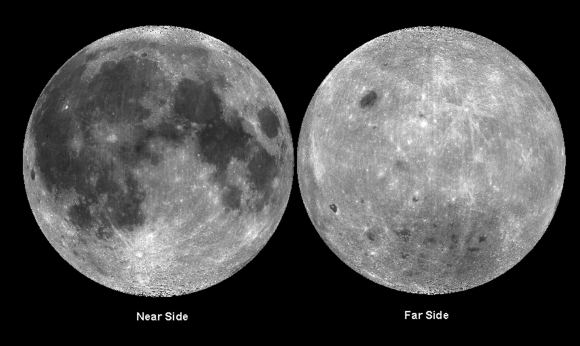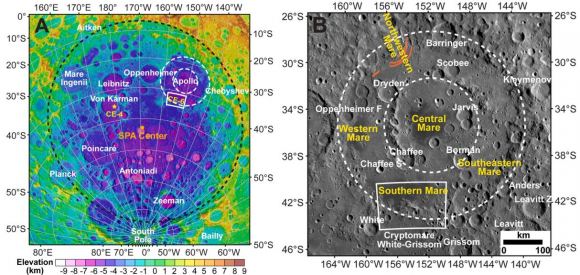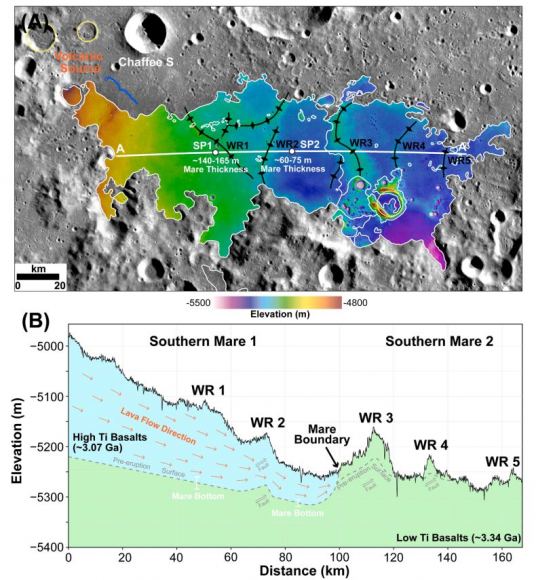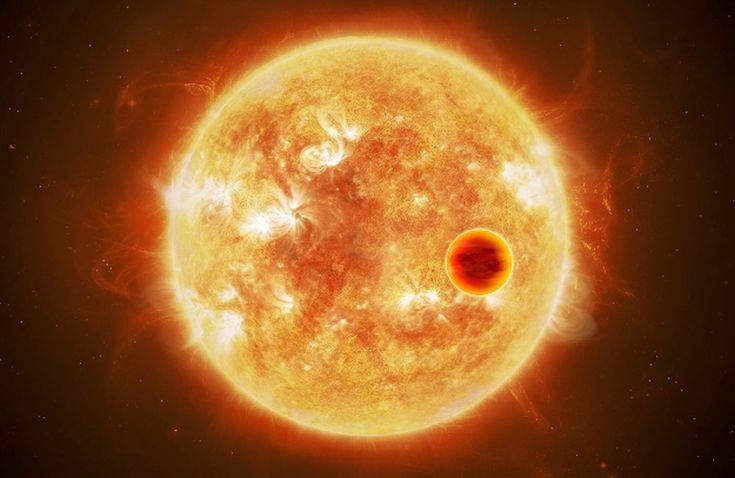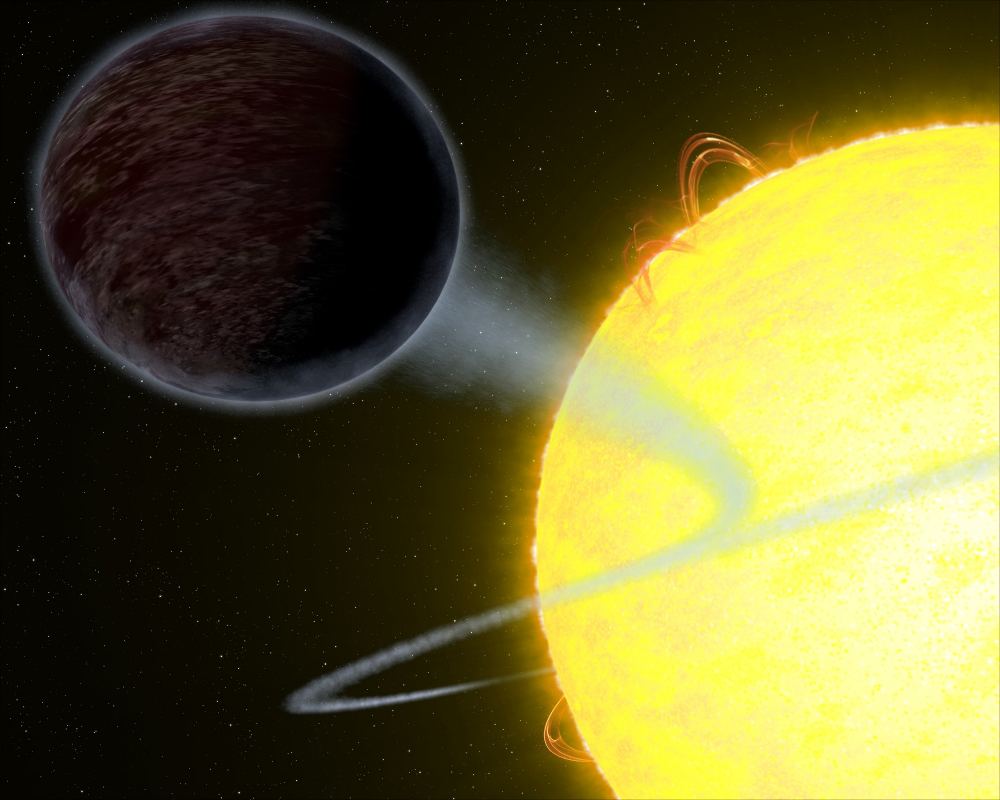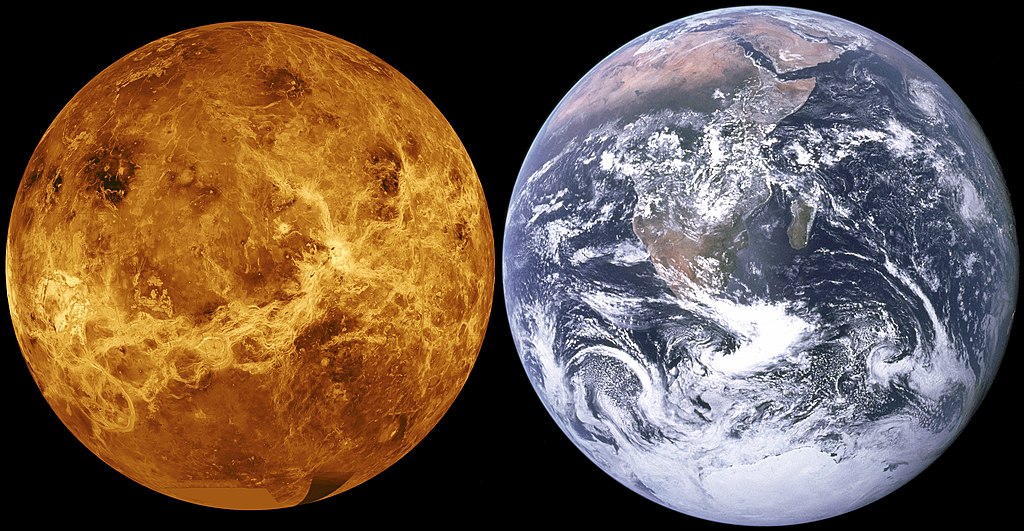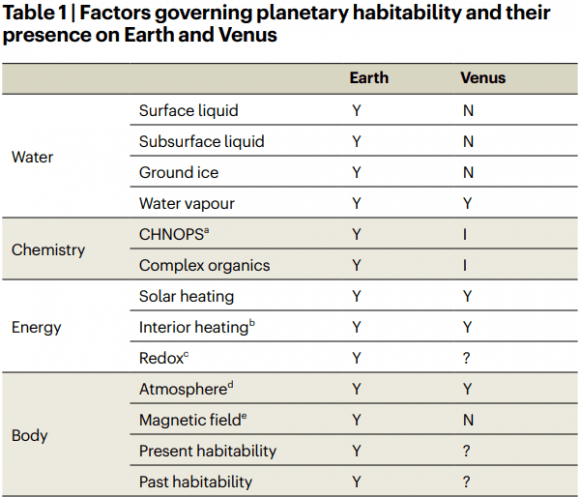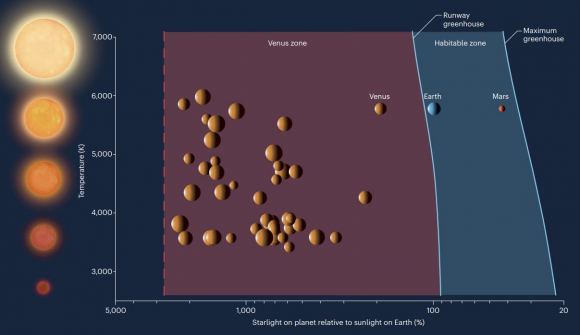Geomagnetic Storm: Understanding the Mysteries of Space Weather
Key Takeaway:
Geomagnetic storms, triggered by solar activity, are major disturbances in Earth’s magnetosphere, affecting various systems including power grids, spacecraft operations, and communication networks. Understanding their impact is crucial for reducing potential disruptions.
Summary:
- Geomagnetic storms are triggered by solar coronal mass ejections (CMEs) which send billions of tons of plasma and magnetic fields towards Earth.
- These storms cause intense currents in Earth’s magnetosphere, leading to disruptions in power grids, spacecraft operations, and communication systems.
- The effects of geomagnetic storms are categorized into five levels (G-1 to G-5) based on the severity of their impact on Earth.
Geomagnetic Storm
The universe holds many mysteries, and one of them is the phenomenon of geomagnetic storms. These storms, which originate from solar activity, have a profound impact on our planet, influencing everything from the shimmering beauty of the aurora borealis to the functioning of our technological infrastructure.
Understanding Geomagnetic Storms
Geomagnetic storms are primarily caused by solar coronal mass ejections (CMEs), where massive amounts of plasma and magnetic fields are ejected from the sun towards Earth. When these charged particles interact with Earth’s magnetosphere, they produce a range of effects, from spectacular light shows in the polar regions to potentially disruptive changes in our technological systems.
Impact on Earth
The effects of geomagnetic storms can be wide-ranging and significant. They can disrupt power grids, leading to voltage fluctuations, protective system failures, and in extreme cases, complete blackouts. Spacecraft operations are also affected, with potential issues such as surface charging, tracking problems, and orientation errors.
“The local heating also creates strong horizontal variations in the ionospheric density that can modify the path of radio signals and create errors in the positioning information provided by GPS.”

Geomagnetic Storm Classification
To better understand and prepare for the impact of geomagnetic storms, scientists have developed a classification system based on the severity of their effects. This system, known as the NOAA Space Weather Scales, categorizes storms into five levels: G-1 to G-5.
NOAA Space Weather Scales:
| Scale | Classification | Kp Value | Occurrence |
|---|---|---|---|
| G-5 | Extreme | Kp=9 | Approx. 4 days/11 year cycle |
| G-4 | Severe | Kp=8 | Approx. 60 days/11 year cycle |
| G-3 | Strong | Kp=7 | Approx. 130 days/11 year cycle |
| G-2 | Moderate | Kp=6 | Approx. 360 days/11 year cycle |
| G-1 | Minor | Kp=5 | Approx. 900 days/11 year cycle |
Monitoring Methods
Efforts to monitor geomagnetic storms employ various methods to track and predict their occurrence and intensity. Some of the key monitoring methods include:
Magnetic Observatories
- These observatories provide data to monitor global activity and study the Earth’s ionosphere and magnetosphere.
Kp Index
- The Kp index measures planetary geomagnetic activity every three hours using data from 13 observatories around the world.
Instruments
- Scientists use instruments to detect and measure solar flares and CMEs, aiding in the prediction of the timing and intensity of geomagnetic storms.
DIY Magnetometer
- A cheap and accessible method involves creating a magnetometer using a laser pointer and sensors to record changes in the Earth’s magnetic field.
GPS Monitoring
- Turning on GPS with WAAS (Wide Area Augmentation System) and recording location data can also provide valuable information during geomagnetic storms.
Impact and Forecasting
Geomagnetic storms have three phases: sudden storm commencement, main phase, and recovery phase. The rapid variations during these phases can impact modern infrastructure by inducing currents in pipelines and power lines.
Forecasting the intensity of geomagnetic storms is essential for preparedness and mitigation efforts. Various organizations, including NOAA’s Space Weather Prediction Center, continuously monitor solar activity and use data from instruments to forecast the timing and intensity of geomagnetic storms.
Tips for Preparation
Here are some tips to help you prepare for a geomagnetic storm:
- Have a battery-powered radio and extra batteries on hand.
- Have a flashlight and extra batteries on hand.
- Keep important documents, such as passports and medical records, in a waterproof and fireproof safe.
- Have a plan for how to communicate with family and friends in the event of a power outage.
- Charge all of your electronic devices before a storm is expected.
- Disconnect all non-essential electronic devices from power outlets.
- Be aware of the potential for power outages and have a plan for how to stay safe if the power goes out.
Geomagnetic storms are a fascinating yet potentially disruptive aspect of space weather. From their origins in solar activity to their impact on Earth’s technological systems, these storms remind us of the interconnectedness of our planet with the broader cosmos. By understanding and monitoring geomagnetic storms, we can better prepare for their effects and minimize potential disruptions to our daily lives.





